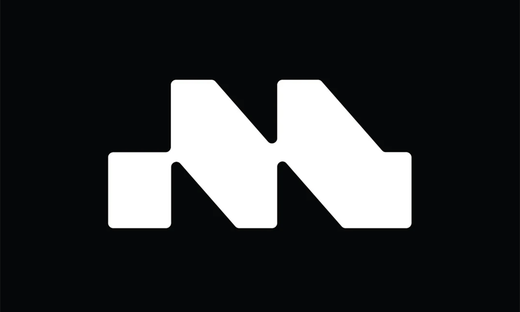What Is a Knowledge Management Platform?
A knowledge management platform is an integral tool that enables companies to capture, organize, and share knowledge, ensuring that valuable insights and information are readily accessible. These platforms are designed to promote collaboration, improve decision-making, and foster innovation within an organization. In this article, we will delve into what knowledge management software is and why it is essential for modern business operations.
Understanding Knowledge Management Systems and Their Importance
Knowledge management platforms are sophisticated software systems that centralize an organization's collective intelligence. At their core, these platforms serve as repositories where information is stored, categorized, and maintained to be easily accessible by employees. They harness technology to connect people with the information they need, when they need it, avoiding the time-consuming process of searching through multiple data sources.
But knowledge management extends beyond mere data storage. It creates an interactive and collaborative space where employees can contribute expertise, learn from each other, and apply this shared knowledge to solve business problems. In the dynamic environment of the digital age, the speed at which organizations learn and adapt can be a defining factor in their competitiveness and longevity.
Given these benefits, it is little wonder that knowledge management systems are a growing priority for businesses looking to leverage their internal expertise effectively. To understand exactly what is a knowledge management platform, it's essential to examine their capabilities and how they can serve as the bedrock of knowledge sharing within an organization.
Key Features of Effective Knowledge Management Systems

An effective knowledge management system is characterized by several key features that distinguish it from simple data storage solutions. One core feature is a powerful search engine that allows users to quickly locate specific documents, images, and entries across vast repositories of information. The search functionality is often enhanced with filters and tags that help refine results, making the process efficient and user-friendly.
Collaboration tools are another indispensable element, encompassing features such as forums, comment sections, and real-time editing capabilities. These tools enable team members to work jointly on projects, share feedback instantly, and collectively develop documents without the hurdles of traditional email chains or physical meetings. More sophisticated systems might include AI-driven recommendations, personalizing the user experience by highlighting relevant content based on their usage patterns.
Security and permissions are also pivotal aspects, as they ensure sensitive information is kept confidential. Knowledge management systems typically allow for granular access controls, empowering administrators to define who can view, edit, or share particular resources. This protects the organization's intellectual property while allowing for the free flow of non-sensitive knowledge.
Integrating Knowledge Management into Your Business Process

The integration of a knowledge management system into business processes should be approached strategically. It typically begins with a thorough analysis of the organizational knowledge structure, identifying what information exists, where it resides, and who needs access to it. This assessment helps in designing an architecture that reflects the company's workflow and facilitates the integration of knowledge sharing into daily operations.
Change management is a critical factor in this integration process. Employees may need to adjust to new ways of working and collaborating, emphasizing the importance of training and support. Management must advocate for the system’s use and lead by example, demonstrating its benefits and reinforcing its importance to the company's objectives.
Another consideration is the alignment of the knowledge management platform with other IT systems. Seamless integration with existing tools like CRM systems, project management software, and communication platforms can streamline workflows and eliminate redundancies. Automation features, such as automatic updates of shared documents, can further enhance productivity.
Altogether, the thoughtful implementation of a knowledge management platform can transform how an organization operates, leading to increased productivity, enhanced collaboration, and a more agile approach to the ever-changing business environment. Overall, these platforms are not merely a repository for information but the cornerstone of a knowledge-driven organizational culture focused on continuous learning and improvement.















